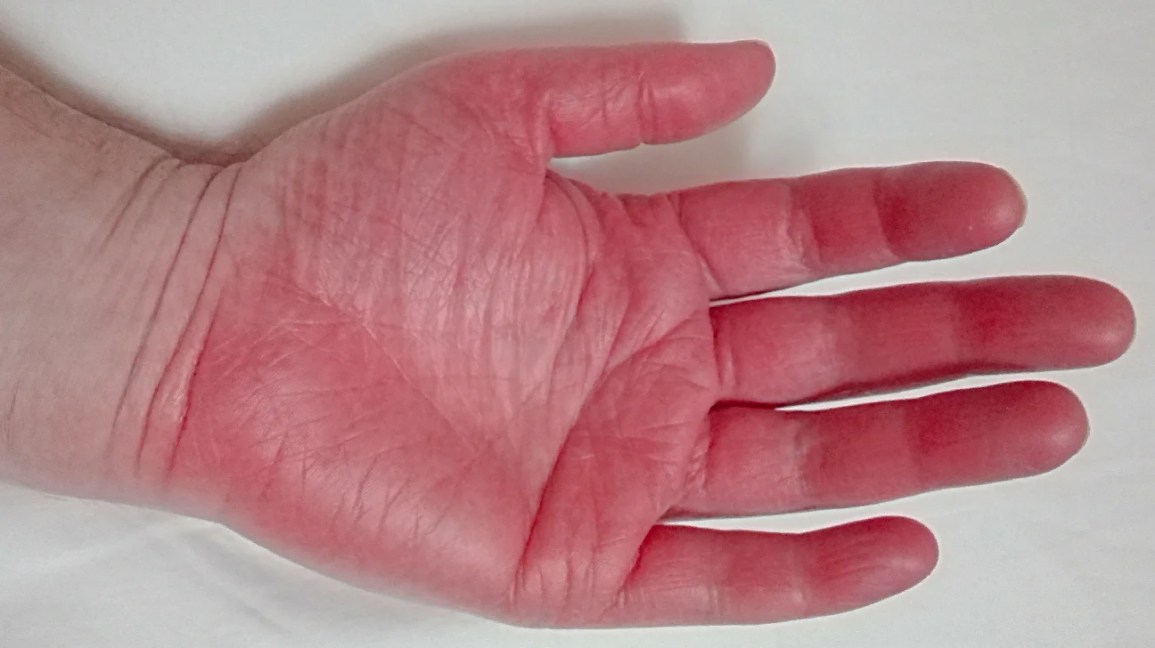Erythromelalgia is a rare but painful condition that affects the blood vessels in the extremities, causing intense burning pain, redness, and warmth. While this condition can be challenging to manage, understanding its causes, symptoms, and available treatment options can help individuals cope with the pain and improve their quality of life.
What is Erythromelalgia?
- Erythromelalgia is a rare neurovascular disorder that primarily affects the feet and hands.
- It is characterized by episodes of intense burning pain, redness, and increased skin temperature in the affected areas.
- The exact cause of erythromelalgia is not fully understood, but it is believed to involve abnormalities in the blood vessels and nerves that control blood flow and temperature regulation.
Causes of Erythromelalgia:
- Primary Erythromelalgia: This type is believed to be caused by mutations in certain genes that affect the function of blood vessels and nerves.
- Secondary Erythromelalgia: This can be triggered by underlying conditions such as autoimmune disorders, myeloproliferative disorders, nerve damage, or exposure to certain medications or toxins.
Symptoms of Erythromelalgia:
- Intense burning pain: Individuals with erythromelalgia experience severe burning pain in their feet, hands, or both. The pain can be constant or episodic and may worsen with heat or physical activity.
- Redness and warmth: The affected areas often appear red, swollen, and warm to the touch during episodes of erythromelalgia.
- Increased skin sensitivity: Some individuals may also experience heightened sensitivity to touch, making it painful to wear socks, shoes, or gloves.
- Symptoms typically worsen during warm weather, exercise, or after consuming spicy foods or alcohol.
Diagnosis of Erythromelalgia:
- Medical history and physical examination: Your healthcare provider will ask about your symptoms, medical history, and any potential triggers for erythromelalgia.
- Blood tests: These may be done to rule out underlying conditions such as autoimmune disorders or blood disorders.
- Thermography: This imaging technique can help visualize changes in skin temperature and blood flow in the affected areas.
- Nerve conduction studies: These tests evaluate nerve function and can identify any abnormalities that may contribute to the condition.
Treatment Options for Erythromelalgia:
- Lifestyle modifications: Avoiding triggers such as heat, hot baths, tight clothing, and prolonged standing can help reduce the frequency and severity of episodes.
- Cooling techniques: Applying cool compresses, soaking in cool water, or using cooling creams or gels can provide temporary relief during flare-ups.
- Medications: Nonsteroidal anti-inflammatory drugs (NSAIDs), anticonvulsants, antidepressants, and topical creams containing capsaicin or lidocaine may be prescribed to manage pain and inflammation.
- Nerve blocks: In some cases, nerve blocks or nerve ablation procedures may be recommended to target the nerves responsible for transmitting pain signals.
- Supportive therapies: Physical therapy, occupational therapy, and counseling can help individuals cope with chronic pain and improve their quality of life.








